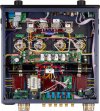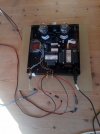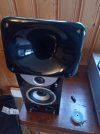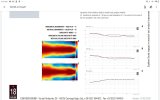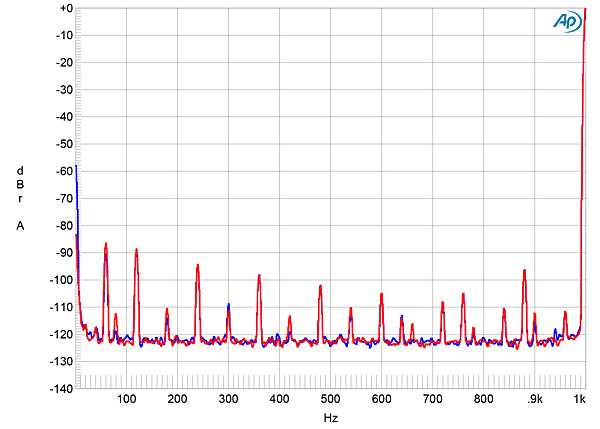It was always an item with limited capability. No doubt about it. I'm talking about the original H3 series; the ones Julius handmade in his Manhattan apartment, and the few that were sold OTC by Harvard Electronics in the mid '60s. They were supposed to work well with the Quad, and a few of the then remaining high-impedance loudspeakers, mostly from GB, like the 16 ohm Tangent. Anything that didn't require much current capability.
Warranty claims (at least according to Harvey--take that for what it is worth) for the later 'monster' NYAL amplifiers mostly centered around their use with 'typical' low impedance high-end loudspeakers (the kind that anyone who could afford the amplifiers were want to use). Some have claimed the amps were basically unstable, regardless. Maybe they were, but I wouldn't discount Harvey's explanation for sure. I guess at those prices, for owners it was like using the cabin heater on their Testarossa. Hot air worked fine in the summer, but if snow was falling you couldn't count on it!

However it was, both Julius and Harvey (and their amps) are long gone, so for my part it's just historical speculation. I certainly would never have considered owning such outliers, even if I could have afforded them. Something like this little Luxman is infinitely more practical. And that's saying a lot.

